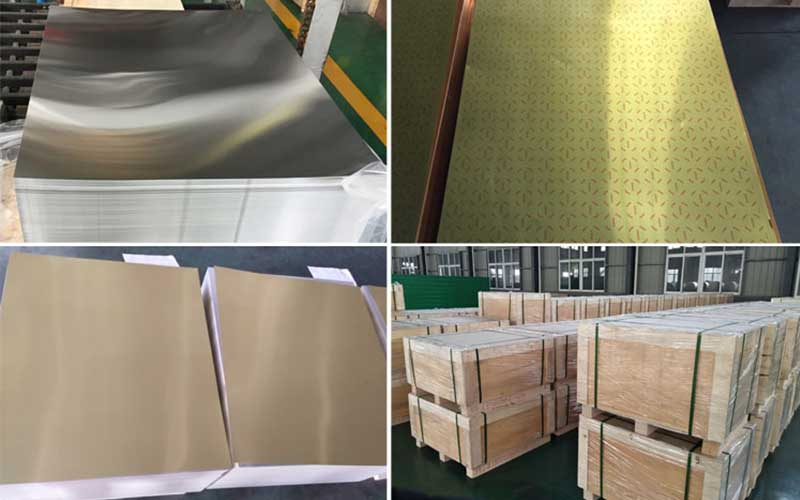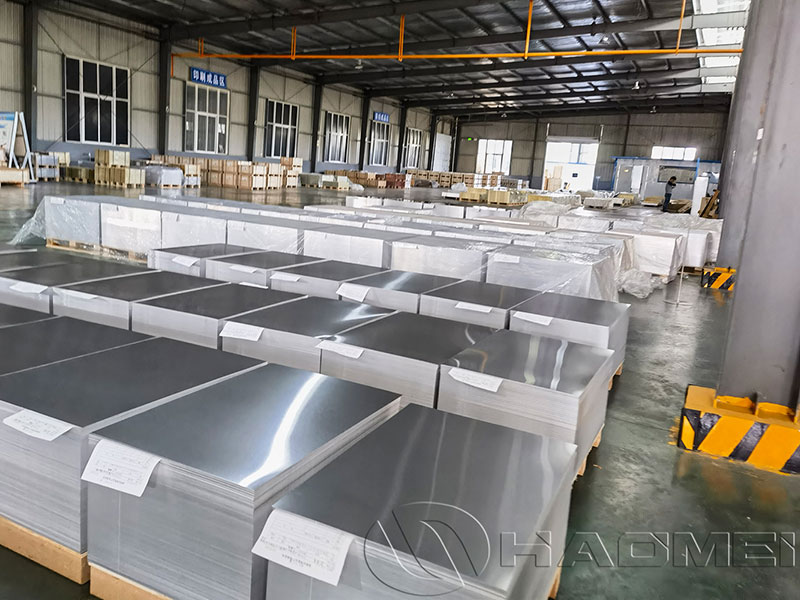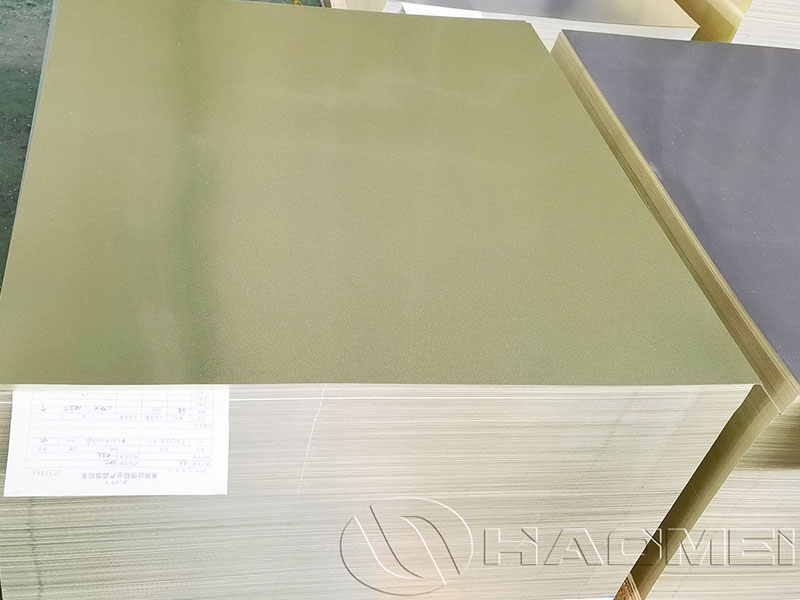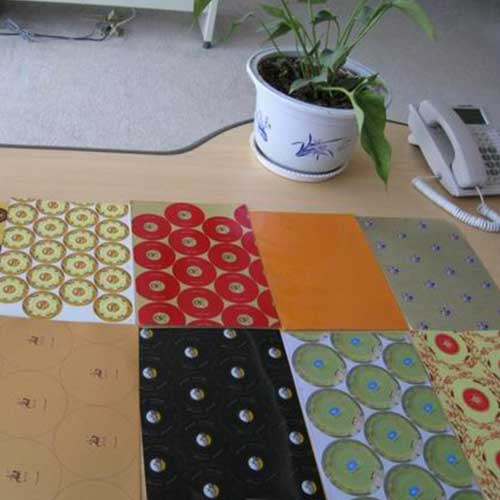High resistance golden aluminum foil induction seal liner for agrochemicals bottle usage
High Resistance Golden Aluminum Foil Induction Seal Liner for Agrochemicals Bottle Usage: Ensuring Safety and Performance from the Materials Science Perspective
In the agrochemical industry, packaging not only serves to contain products but also plays a critical role in maintaining chemical stability, preventing contamination, and ensuring the safety of end users and the environment. One often underappreciated component is the induction seal liner, a crucial device that guarantees the integrity of liquid and granular agrochemicals.
the Basics: What is an Induction Seal Liner?
Induction seal liners are multilayered constructs inserted inside the cap of a bottle or jar. Upon the application of an induction sealing machine, an electromagnetic coil heats the aluminum foil layer, which in turn melts a thermoplastic heat-sealing layer, fusing the liner to the bottle’s mouth. This hermetic sealing prevents leakage, contamination, and tampering—vital aspects for agrochemicals, which are often toxic or reactive.
Why Use Aluminum Foil? The Material Edge
Aluminum foil provides impermeability to moisture, oxygen, and gases, all essential to safeguarding agrochemical stability. Its exceptional barrier properties come from aluminum's dense, hexagonal crystal structure and thin oxide layer that forms naturally to protect the foil itself.
However, not all aluminum foils are created equal. The choice of alloy, temper, foil thickness, and surface treatment have profound effects on the foil’s performance, especially in harsh agrochemical environments.
Golden Aluminum Foil: A Step Above
A ‘golden’ aluminum foil usually refers to aluminum foil with a colored treatment or an alloy that signifies higher purity or customized surface attributes. In agrochemical induction sealing, golden aluminum foil often entails foil produced from alloy series such as 8011 or 1235, both primarily aluminum with controlled impurities to resist chemical attack.
From a chemical composition viewpoint, typical golden aluminum foil for sealing comes with:
| Element | Alloy 8011 (%) | Typical Range |
|---|---|---|
| Aluminum | Balance (~98.5-99.5%) | 98.5-99.5 |
| Iron | 0.6 – 1.0 | 0.6 – 1.0 |
| Silicon | 0.6 – 1.0 | 0.6 – 1.0 |
| Others | Trace elements | - |
The higher resistivity of 8011 alloy, combined with its corrosion resistance, makes it ideal for repeatedly enduring the induction sealing process, storage, and exposure to chemicals like pesticides, herbicides, and fungicides.
High Resistance Features for Agrochemical Use
Chemical Compatibility: Agricultural chemicals are often aggressive media. The golden aluminum foil is specifically tailored to resist corrosive ingredients, such as acids, solvents, and surfactants found in agrochemical formulations.
Mechanical Strength: Durability during handling, transportation, and storage is paramount. Aluminum foil in the correct temper condition (e.g., H14 temper for straining hardening) ensures the liner is sufficiently strong and resists cracking or tearing.
Heat Sealing Efficiency: The foil acts as a heating medium under induction. Its electrical conductivity and thickness (commonly 12-15 microns) dictate how evenly and effectively it melts the polymer to bond with the container.
Tamper Evidence and Shelf-Life: High resistance golden foil formed with surface treatments can resist oxidative degradation and mechanical wear, preserving the tamper-evident seal integrity throughout shelf life.
Parameters and Implementation Standards
When selecting foil for agrochemical induction seals, several parameters must be standardized:
| Parameter | Typical Range/Standard | Notes |
|---|---|---|
| Foil Thickness | 12 – 15 microns | Balances strength and induction heating |
| Alloy Type | 8011-H14 or 1235 | Higher purity and suitable temper |
| Width of Foil Rolls | As per cap sizes (20-100mm) | Must match bottle mouth for sealing |
| Sealant Polymer Layer | Polyethylene or Polypropylene-based | Should match bottle resin |
| Induction Frequency | 100-350 kHz | Depends on foil electrical properties |
| Sealing Temperature | 120 – 180°C | Must not degrade agrochemical content |
| ASTM Standards | ASTM B479 (Aluminum Foil) | Meets material quality criteria |
Aluminum Alloy Tempering and Chemical Properties
The tempering process—which involves strain hardening (cold working) or annealing—defines a foil's flexibility and strength. For high resistance induction seal liners:
- H14 temper (strain hardened, about 1/2 hard): Provides optimal mechanical resistance while maintaining flexibility for conformance to bottle lips.
- Chemical resistance: The stable oxide layer formed due to the natural passivation provides robust resistance to corrosive agrochemical ingredients.
Typical mechanical properties for alloy 8011-H14:
| Property | Value |
|---|---|
| Tensile Strength (MPa) | 130 – 180 |
| Elongation (%) | 5 – 10 |
| Electrical Resistivity (µΩ·cm) | ~43 |
Environmental Considerations
Golden aluminum anodized variants may also enhance the product appeal by visual cues and improved foil durability. Interestingly, aluminum foil induction seal liners are also recyclable, and something agrochemical packagers need to communicate towards sustainable packaging solutions.





